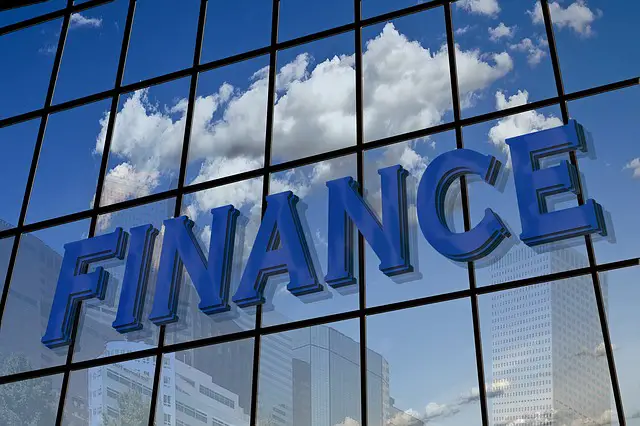Navigating the Decentralized Finance Landscape: An In-Depth Exploration with Examples

Decentralized Finance, or DeFi, has emerged as a transformative force in the financial world, leveraging blockchain technology to create open and permissionless financial ecosystems. This article delves into the key components of DeFi, supported by a table with examples to illustrate the diversity and functionality of decentralized financial services.

Page Contents
Key Components of Decentralized Finance
- Smart Contracts:Definition: Self-executing contracts with the terms of the agreement directly written into code.Example: Ethereum-based smart contracts automate lending and borrowing processes on platforms like Compound.
- Decentralized Exchanges (DEX):Definition: Platforms facilitating peer-to-peer cryptocurrency trading without relying on a central authority.Example: Uniswap and SushiSwap are DEXs where users trade directly from their wallets using smart contracts.
- Lending and Borrowing Protocols:Definition: Platforms allowing users to lend and borrow assets without intermediaries.Example: Aave employs smart contracts to enable users to lend and borrow crypto assets, with interest rates determined algorithmically.
- Yield Farming and Liquidity Mining:Definition: Users provide liquidity to platforms in exchange for rewards, often in the form of additional tokens.Example: Yearn.finance incentivizes users to provide liquidity to decentralized platforms by offering governance tokens as rewards.
- Stablecoins:Definition: Cryptocurrencies pegged to the value of traditional fiat currencies to provide stability.Example: USDC (USD Coin) is a stablecoin that maintains a 1:1 peg with the US dollar, facilitating stability in DeFi transactions.
Challenges and Risks in DeFi
- Smart Contract Risks:Example: The 2016 DAO hack exploited vulnerabilities in smart contracts, resulting in the loss of over $50 million worth of Ether.
- Regulatory Uncertainty:Example: Regulatory challenges around Initial Coin Offerings (ICOs) have led to legal scrutiny and uncertainty in some DeFi projects.
- Market Volatility:Example: The price volatility of cryptocurrencies, like Bitcoin and Ethereum, can impact the value of assets within DeFi platforms.
- User Education and Experience:Example: New users may find the technical aspects of DeFi platforms challenging, necessitating user-friendly interfaces and educational resources.
Future Implications and Innovations
- Cross-Chain Compatibility:Example: Projects like Polkadot and Cosmos aim to facilitate interoperability between different blockchain networks, enhancing asset movement across decentralized platforms.
- Integration with Traditional Finance:Example: Partnerships between DeFi projects and traditional financial institutions could lead to increased collaboration and adoption.
- Decentralized Autonomous Organizations (DAOs):Example: DAOs like MakerDAO enable decentralized governance, allowing token holders to make decisions on protocol upgrades and changes.
- Enhanced Security Measures:Example: Continued improvements in smart contract auditing and the implementation of multi-factor authentication can enhance the security of DeFi platforms.
Conclusion
Decentralized Finance is not merely a concept but a rapidly evolving reality that has the potential to reshape the financial landscape. The provided table and examples showcase the diversity of DeFi services and highlight both the opportunities and challenges in this dynamic space. As innovations continue, collaboration and adaptability will be key in ensuring the sustainable growth of decentralized finance and its integration into the broader financial ecosystem.







